Chemical industry
The chemical industry is a pillar of the Alsatian economy. It stands out for its great diversity and supports many other industrial sectors by providing a wide range of products and services. There is a notable concentration of companies specializing in the manufacture of cosmetics and cleaning products, inorganic and organic chemistry, and pharmaceutical products.
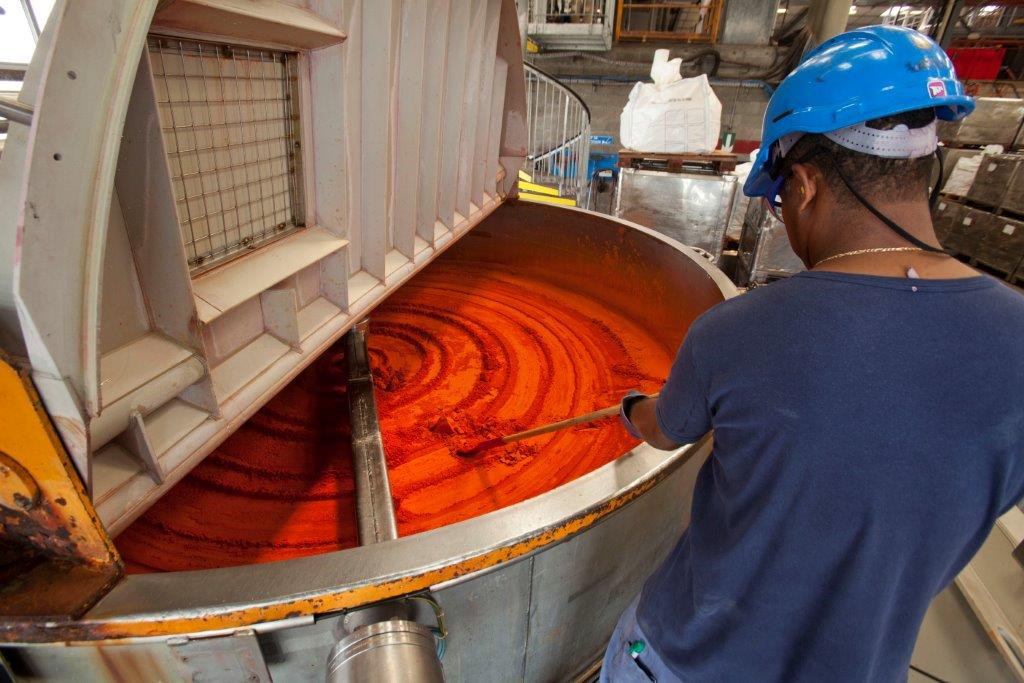
Research and development (R&D) also plays a major role, driven by companies in the sector and supported by the work of the University of Strasbourg, which has four active Nobel Prize winners in chemistry, as well as by the École nationale supérieure de Chimie de Mulhouse (ENSCMu).
195
companies
11,000
employees
2nd
largest exporting commercial sector
Summary
Chemistry, a century-old history in Alsace
The Alsatian chemical industry developed in the 19th century thanks to the convergence of several dynamics: the growth of the textile sector, advances in organic chemistry, and the rise of trade linked to increasing demand for hygiene and household products. Driven by the needs of the textile industry, dye chemistry took root in the Haut-Rhin between Thann and Basel, accompanied by the creation of a laboratory and specialized education, which led to the founding of the École supérieure de Chimie de Mulhouse, the first chemistry school in France, created in 1822.
Later, fine and pharmaceutical chemistry gained importance, attracting new industrial establishments due to the region’s geographical advantages and cross-border dynamics. The chemical fertilizer industry also developed, further enriching Alsace’s industrial landscape.
Characteristics of the sector
A diversified sector
The main branches present in Alsace are divided into the following segments:
- Tertiary: R&D, wholesale trade, e.g. FH Ortho, Transgene, Novalix, Lonza Bioscience, …
- Parachemistry: paints, adhesives, agrochemical products, etc., e.g. Emfi, Geholit, Corteva Agriscience, FMC, …
- Basic chemistry: dyes, pigments, and other organic and inorganic chemical products, e.g. Sun Chemical, Alsachimie, LAT Nitrogen, …
- Pharmaceutical preparations: e.g. Lilly, Catalent, DSM Fimenich, Novartis Pharmaceuticals, Daiichi Sankyo, …
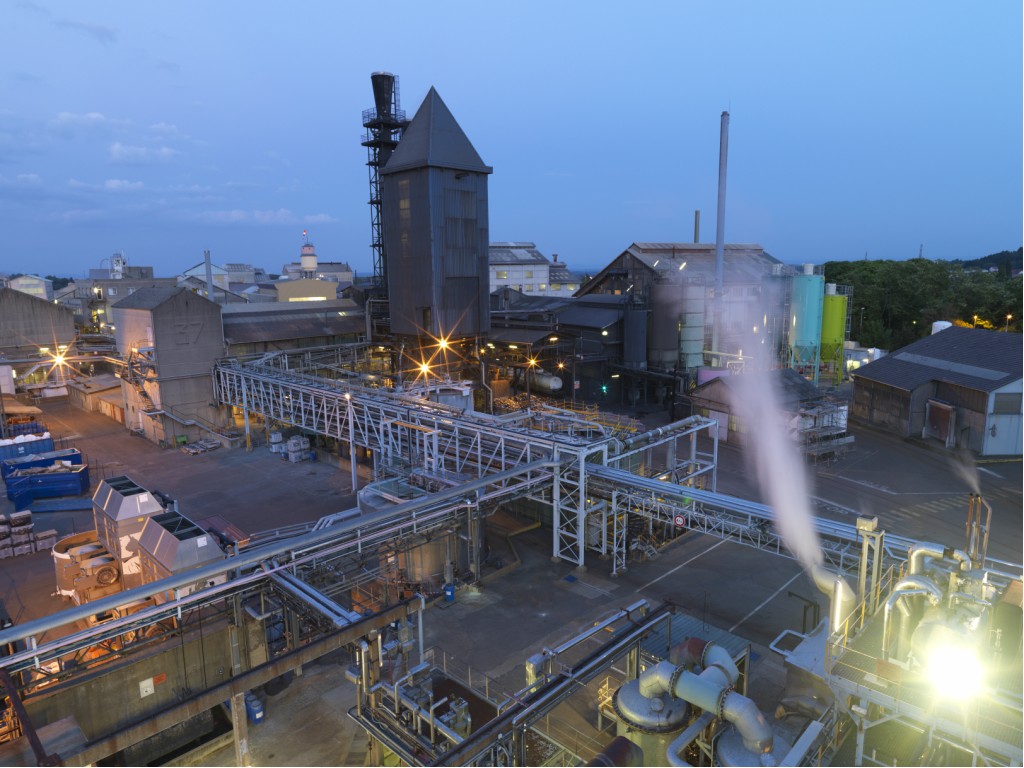
Bioeconomy
The Grand Est Region has abundant biomass resources, and their use has especially developed in non-food sectors, mainly in plant-based chemistry, bioenergy, bio-based materials, and new agricultural inputs.
For the chemical sector, we can mention:
- Solvay: production of chemical products in the field of materials in Chalampé, for formulation
- Roquette, Beinheim: world leader in plant-based ingredients, major factory in Alsace for cereal processing and bio-based production
Main actors established in Alsace
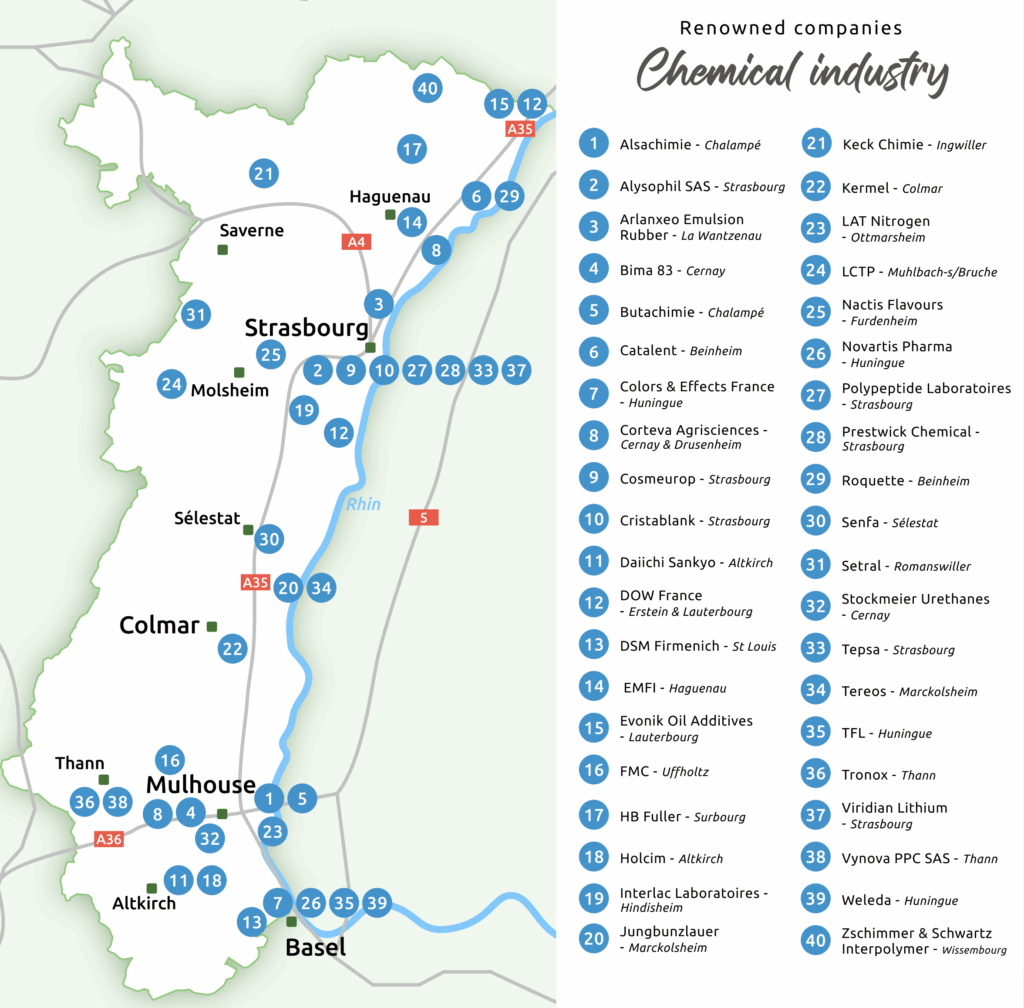
France Chimie Grand Est
As the sector’s spokesperson to public authorities, France Chimie Grand Est brings together chemical and parachemical companies from Alsace and Lorraine. The following expertise is offered to members:
- Explain regulations (product, safety, environment, customs, transport, social, etc.)
- Support employment and skills development (branch agreements, training engineering)
- Accelerate transitions: CSR, energy, digital
- Share and promote best practices
Website: www.chimie-grandest.fr
WEurope by Alsachimie
125
hectares
160
direct jobs
4,000
indirect jobs
Weurope is an industrial and economic platform located in southern Alsace, focused on the chemical sector. It offers new businesses access to land, equipment, utilities, and expertise, as well as supplies of raw materials and processes.
The Chalampé Industrial Platform provides international connectivity through a multimodal transport network:
- connection to French and German rail networks,
- proximity to the Port of Mulhouse-Rhin, which links to the Grand Canal of Alsace, serving German, Swiss, and Dutch platforms,
- access to French, German, and Swiss highways,
- close to Bâle-Mulhouse Airport and Mulhouse train station.
Weurope hosts 4 companies for now:
- Alsachimie
- Air Products
- Butachimie
- Linde

ZiBac: a convention for low-carbon industry
Five companies, signatories of the ZiBac convention, commit to a shared trajectory of CO2 emissions reduction by implementing innovative solutions and pooling infrastructure and investments among industrial players.
Research institutes and laboratories
CNRS
A major player in fundamental research on a global scale, the CNRS is the only French organization active in all scientific fields.
In Alsace, all scientific disciplines are covered by research conducted in CNRS laboratories, in cooperation with higher education and research institutions, national and international research organizations, and partner companies.
The CNRS is affiliated with the main higher education and research institutions in Alsace: University of Strasbourg, University of Haute-Alsace, Inserm, INSA, and the Franco-German Research Institute of Saint-Louis…
Discover here the 11 laboratories affiliated with CNRS Institutes in Alsace.
Institut Carnot MICA
The Institut Carnot MICA is a public research organization that supports companies in their R&D projects. The institute specializes in functional materials, surfaces and interfaces, and associated processes, from fundamental research to industrial application.
With the synergy of its 18 member structures, MICA offers a comprehensive scientific portfolio, supported by a network of cutting-edge equipment and high-tech platforms. The institute provides companies with a dedicated contact person who assists them throughout their project.
Other institutes
- CETIM Grand Est is a regional center of industrial expertise, expert in product lifecycle and new challenges related to digital transformation and energy transition
- Rittmo Agroenvironnement
- Institut de Chimie de Strasbourg (Institut de Chimie de Strasbourg | UMR 7177)
- Institut de Science des matériaux de Mulhouse (IS2M – UMR 7361 – UHA)
- Laboratoire d’Innovation Moléculaire et Applications (LIMA – UMR 7042 – UHA)
- Laboratoire de Photochimie et d’Ingénierie Macromoléculaires (LPIM – UR 4567)
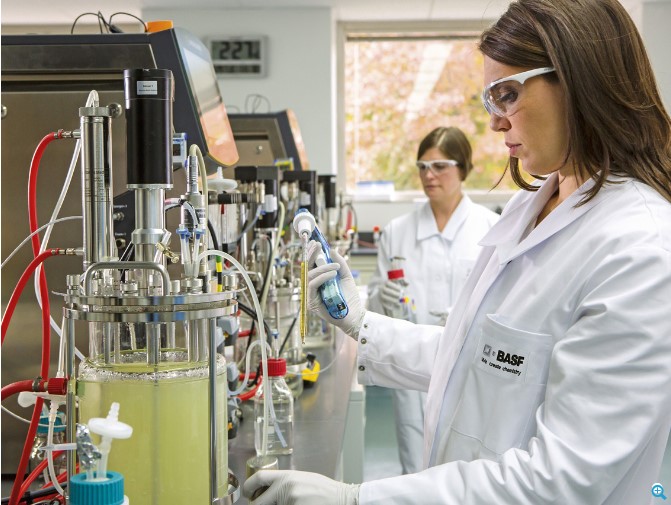
Technology transfer
SATT Conectus
Conectus is one of 13 French SATTs (Technology Transfer Acceleration Company). It serves as a vital link between public research laboratories in Alsace and businesses, helping companies access the right research resources while promoting collaboration between these two sectors and driving innovation in France.
SATT Conectus invests in innovative research projects to facilitate their market entry, and manages partnership agreements between public laboratories and businesses. Its efforts are firmly rooted in the scientific excellence of the laboratories based in the Alsace region.
KTUR²
Driven by EUCOR, a trinational campus bringing together French, German, and Swiss universities, the Knowledge Transfer Upper Rhine 2 (KTUR²) project offers companies privileged access to innovation and cutting-edge technologies by focusing on several strategic areas in the Upper Rhine region.
Thus, 12 universities from three different countries are mobilizing their research units to build a bridge between academia and the business world, in order to foster innovation in the region.
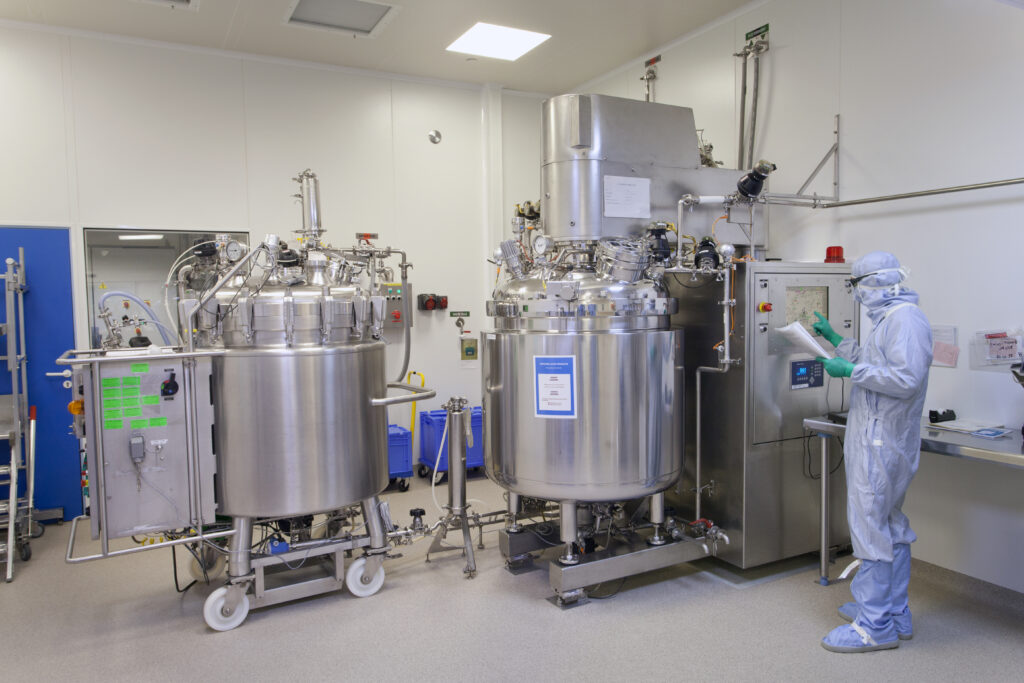
Higher education and research
The chemistry division of the University of Strasbourg
The chemistry research cluster at the University of Strasbourg operates at the crossroads of biology, physics, medicine, and materials science. It is home to the only Advanced Thematic Research Network (RTRA) in France dedicated to chemistry. Comprising 80 research teams and a total of 1,000 researchers and faculty members, its research is structured around three main areas: Future Materials, Sustainable Development, and Health.
- 1st European Union university in chemistry, 47th globally (Shanghai ranking 2025)
- 1st university in EU for its impact on innovation, and 16th worldwide ahead of Harvard, CalTech, Yale, Cambridge, and Oxford (Nature Index Innovation 2017)
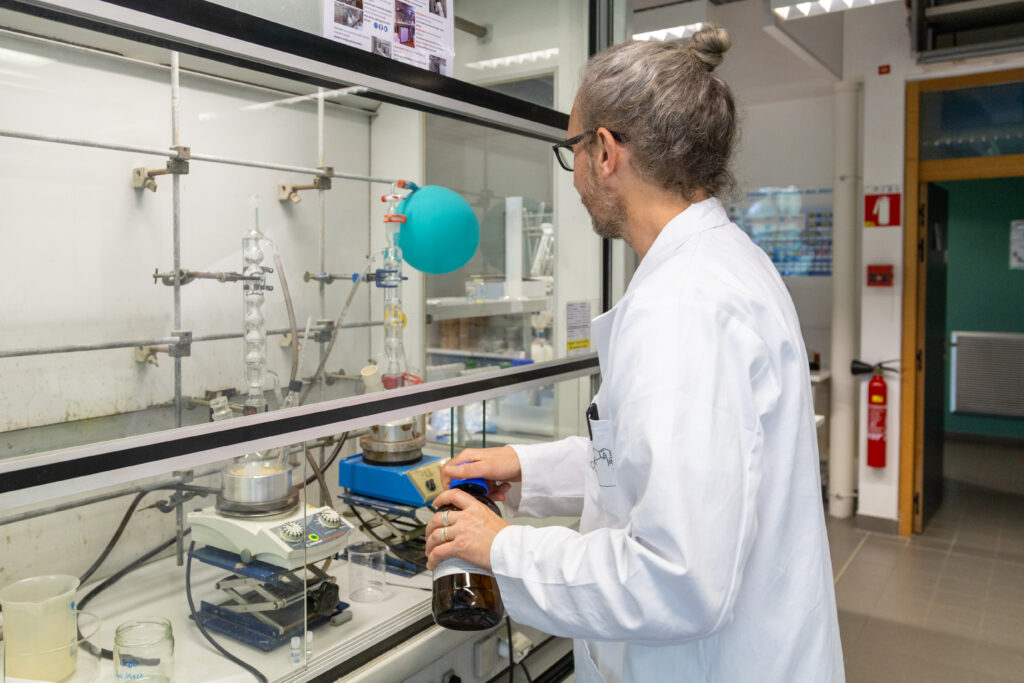
Other higher education sites in Alsace
- University of Haute-Alsace (Training in science, technology, health)
- ENSCMu – Ecole nationale supérieure de chimie de Mulhouse (www.enscmu.uha.fr)
- ECPM – European School of Chemistry, Polymers and Materials (ecpm.unistra.fr), including the ChemLab Platform
- ESBS – Strasbourg Graduate School of Biotechnology (www-esbs.u-strasbg.fr)
Learn more about higher education in Alsace: